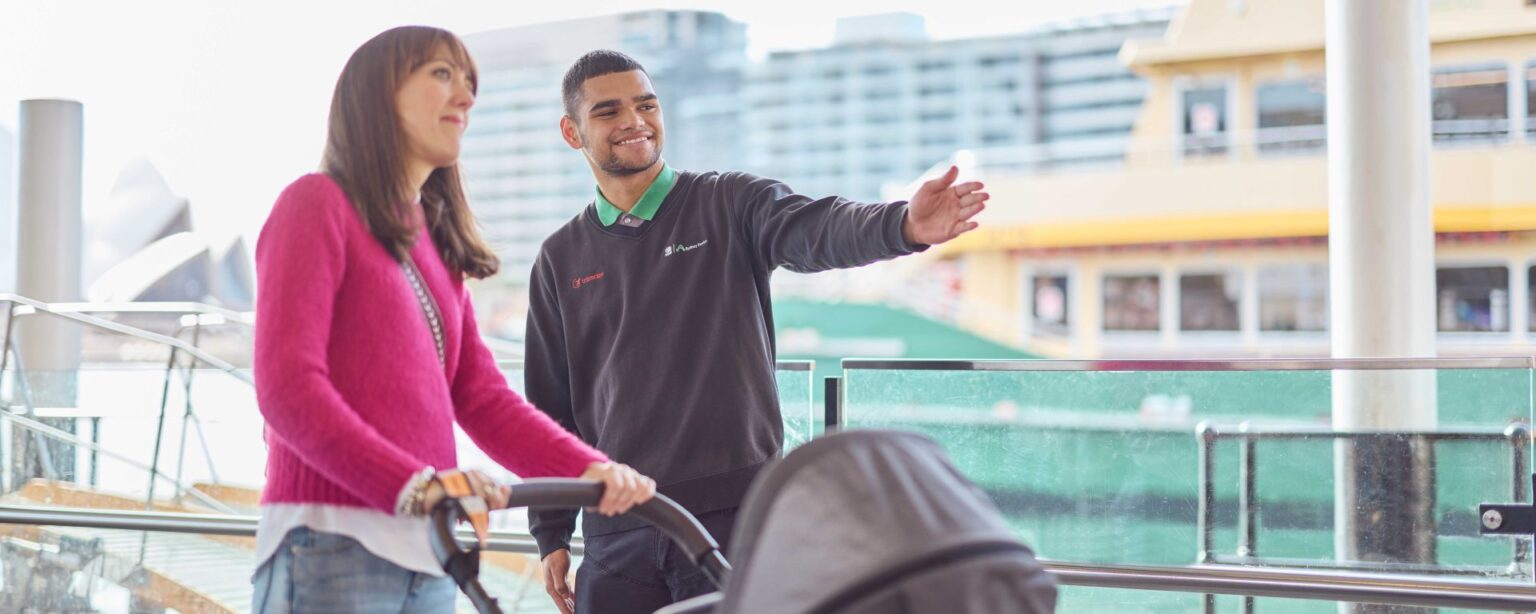To celebrate our achievements and activities of the past 5 years, we continue our conversation with the founding and current Board Members of the MaaS Alliance. This month, we have the pleasure to talk to Laurianne Krid, Director General of FIA Region I, and member of the MaaS Alliance Board of Directors.
Laurianne, if you now look back 5 years, the mobility industry has changed quite a lot. What are the most remarkable positive and negative changes or trends?
“Five years ago, MaaS still needed to be explained as a concept. Today, its basics are widely known, and it clearly reached a much broader audience. The most positive development is that both industry and decision-makers have become used to putting users’ needs at the centre of their reflection. That represented a significant shift in thinking, compared to the previous widely acknowledged “modal shift” idea. I think that the concept has the potential to help us think beyond the dichotomy we had in the past “good mode, bad mode”. However, there is still a need to go beyond the existing silos and that some hurdles remain, when it comes to single-ticketing, single-invoicing and cross-border solutions though. So MaaS has been an eye opener as a concept to push for a more user-centric thinking in transport, when the previous policy making was more of a top-down abstract thinking.”
FIA represents the motoring organisations globally and FIA Region I specifically represents 103 Mobility Clubs from across Europe, the Middle East and Africa. How do your members fit into an ecosystem that advocates for multimodal transport and optimised mobility mix?
“As you mention, Region I represents a variety of clubs across Europe, Middle East and Africa. While they each have their own story, they mostly developed as a community around a specific transport mode indeed. However, you would probably be surprised to learn that these modes were not necessarily only cars, but also motorcycles (ADAC in Germany) or event bicycles (ANWB in the Netherlands). At the end of the day, the DNA of our European members has always been mobility. Our Clubs accompany their members in their daily mobility by, for example, providing free stations to mend your bike in the city of Barcelona, testing pedestrians’ crossings in Italy or motorcycle helmets. So, this transition into mobility club should be considered more like an evolution than a revolution.”
You represent the user group where the biggest potential for MaaS lies in. What is, for you personally, the most innovative and important aspect of MaaS in this regards?
“Technology can show you – at the tip of your finger – what’s the most efficient way of moving from A to B. It can do so regardless of your given preferences, be it convenience, price, or environmental footprint. Here lies the main potential in MaaS I believe, provided that we find the right way of calculating lifecycle emissions of all modes and build up sufficient credibility.”
What are the steps where you think that enhanced efforts at EU level should be taken, e.g. related to data sharing, integration of different modes or mitigation of market fragmentation?
“I think that we need to unlock the potential of data sharing and multi-modal, cross-border ticketing. Another field where expertise and leadership would be greatly appreciated would be indeed to give a clear and accurate view on the various modes’ real impact, a real lifecycle analysis, which would enable us to make the right decisions moving ahead and getting consumers’ buy-in.”
A word on the future, what are FIA priorities and how do you think MaaS will look in the next 5 years?
“In 5 years, I hope that we will have a stable competitive market offering choice to consumers both nationally and at EU level. The key criteria for choosing a MaaS service should be enhanced from a mere convenience, choice and price to include sustainability and safety criteria.”
___________________________
Do you want to find out more about what MaaS Alliance has achieved in the past 5 years? Read the previous interview with Finnish Minister for Transport and Communication Timo Harakka.
To be part of this mobility revolution, contact us and find out how to join the MaaS Alliance.



